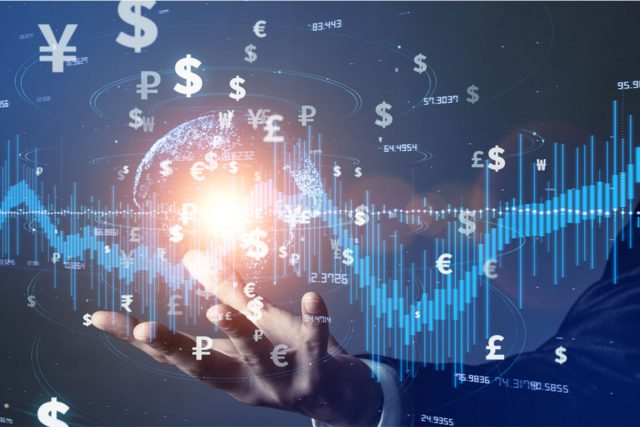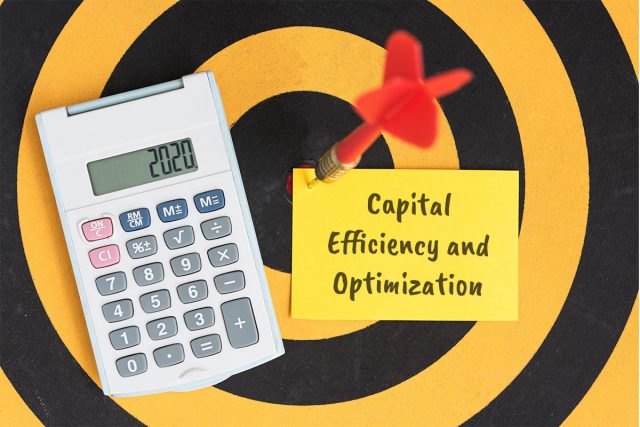We are focused on the current and future state of technology and innovation in Tax and on affecting the changes in the tax function to keep pace with changes in global trends. Our Tax Transformation takes a comprehensive approach to analyse the tax function of the company on its basic pillars process, people and technology it helps in developing blueprint for connected tax making the tax function a real-time transformation partner to the business.
The technology has slowed down in the industry, many still wondering how digital transformation works in their day-to-day operations of tax administration. But as their peers in other departments have begun to adopt new technologies, many tax professionals find themselves expected to do the same.
So what is digital tax conversion, and what does it look like when it is done? Here’s my take on what it means, why it’s worth the investment, and how to get started in your department.
What is digital tax conversion?
The term “digital tax conversion” is still widely understood, although it is widespread. Most people are used to communicating online quickly and freely with companies like Amazon and Apple; this business relationship with customers sets the stage for “digital travel.” But for many tax departments, customer roles are non-existent, making it difficult to figure out what it means to do digitization for them. In addition, many taxpayers need media professionals – trained, knowledgeable people who bring their expertise to a wide range of tax matters. How can that be updated with digital tools? The answer is no. But technology can be used in other ways that just make the job easier, which is a fair enough amount.
Automated tools are one type of advanced technology that closely resembles a manual, a duplicate function that contains multiple tax functions. Data entry, data verification, and report processing are all low-level tasks that need to be completed before the actual competent tax work can begin. Most law-related procedures are, in fact, automatic, and can bring benefits to spades. The concept of downsizing at the same time changes people’s business processes for the better, which is why business leaders are attracted to automated start-ups — and why so many continue to see it as important to organizational growth.
What Digital Tax Transformation solutions can do for you
As the working world becomes more digital, it also becomes more complex and demanding, and it has brought in a global economy that is heavily connected with new business models that require change.
Indian tax administration also follows international trends such as focusing on compliance technologies (such as GST compliance), reporting (pre-collected tax returns), and testing (e-testing).
While it does not always lead to a negotiation of change, tax activities should be on the table, which means linking to business and advancing tax reform.
Our Transformation Transformation Solution takes a holistic approach to assessing a company’s existing tax function in its core pillars – People, Process, and Technology; and it helps to build a connected tax system, which makes the tax industry a real partner for change in the business.
We are focused on the current and future state of the art and innovation in Taxation and in influencing changes in the tax industry to keep pace with global trends.




